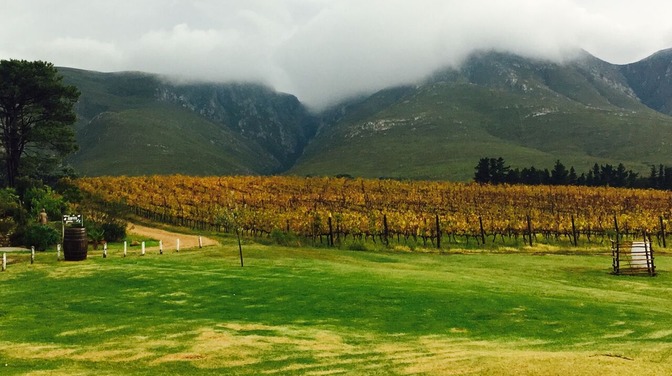Select a category
History of Stanford Village
The history of Stanford might not be well-known, but it certainly is a colourful albeit sad one.
It begins with a man named Robert Stanford. Born in 1806 in the townland of Ballinatanford, Claremorris in the County of Mayo, Captain Robert Stanford served in the British army. He served with distinction in Burma and later married a general’s daughter. At the age of 32, he resigned his commission and retired on half-pay, after which the Captain and his wife immigrated to the Cape Colony.
Once settled, the couple purchased the farm Kleine Riviers Vallei, where the present-day Stanford village is located. Stanford was a progressive farmer and soon turned the farm into a thriving enterprise, along with seven other farms he purchased. He also opted not to transport his produce via ox wagon over the mountains, and instead purchased a small ship that sailed to Cape Town from a small cove not 12-miles from his farm.

After the failed Irish rebellion in 1845, the British Government decided to send several captured rebels to the British Cape Colony. However, the colonists believed them to be convicts and would not stand for this and declared that anyone associated with the ship or its occupants would no longer be supplied with any provisions or services. Thus, when the “convict” ship Neptune arrived its passengers, who were ordinary Irish men, were kept at sea for five months. They were fortunate enough that there were a few colonists who broke the embargo out of their loyalty to the crown, providing them with supplies. The provision-cease went so far that the Governor approached Robert Stanford, who was still in the employment of Her Majesty. He was given the option of providing supplies or a state of martial law would be declared and the provisions would be taken by force. Duty-bound to comply, Stanford complied with the Governor’s request but was not seen as a hero in the eyes of the colonists. They regarded his actions as treason and ostracised Stanford and his whole family. Stanford and others who provided help were persecuted, banks refused to do business with them, their children were expelled from school and the servants left their farms. The persecutions continued even when Stanford’s youngest daughter fell ill and the doctor refused to even see her, let alone treat her. Tragically this resulted in her death.
Desperate, the former Captain Stanford travelled to England to plead his case and ask for compensation for his losses. His plea resulted in him being knighted and he received 5,000 pounds for his return to the Cape. Upon his arrival, he discovered his farms were in ruins and had been stripped, some even sold by the people he left in charge. His beloved farm Kleine Riviers Vallei was sold for a pittance to a Phillipus de Bruyn at auction.
Reduced to poverty and defeated by life, Sir Robert Stanford returned to England, where he passed away in Manchester at the age of 70. On 30 September 1857, De Bruyn sold the first plot of the new village he decided to call Stanford.
History Remembered
The community of Stanford prides itself on the Cape Victorian and Edwardian styles in which the buildings and houses in the village were originally built. The picturesque and historic buildings take you back to a time when Stanford was but a farm on the banks of a river, and it is this that the community is keen to protect.

In 1992, the Stanford Conservation Trust was formed to enhance the natural and built scenic beauty of Stanford and to protect and conserve the environment and heritage resources in and around Stanford for future generations. The trust is doing an excellent job as Stanford stands as the third most preserved village in the Western Cape. In keeping with that, the trust also organised and guided the restoration of St Thomas Anglican Church, the first church built in Stanford. To keep the atmosphere of the village true to its heritage, most of it was proclaimed under Conservation Area A or B in terms of the National Heritage Act, in 1995. This enforces extra responsibilities on property owners in Stanford who build or renovate in the town’s conservation areas. Furthermore, Stanford is also the only town in the Overstrand proclaimed as a heritage site.
All in all, the small village with its humble beginnings is a true heritage and natural gem. Staying true to its history, Stanford is a beautiful little town with much to offer.
















